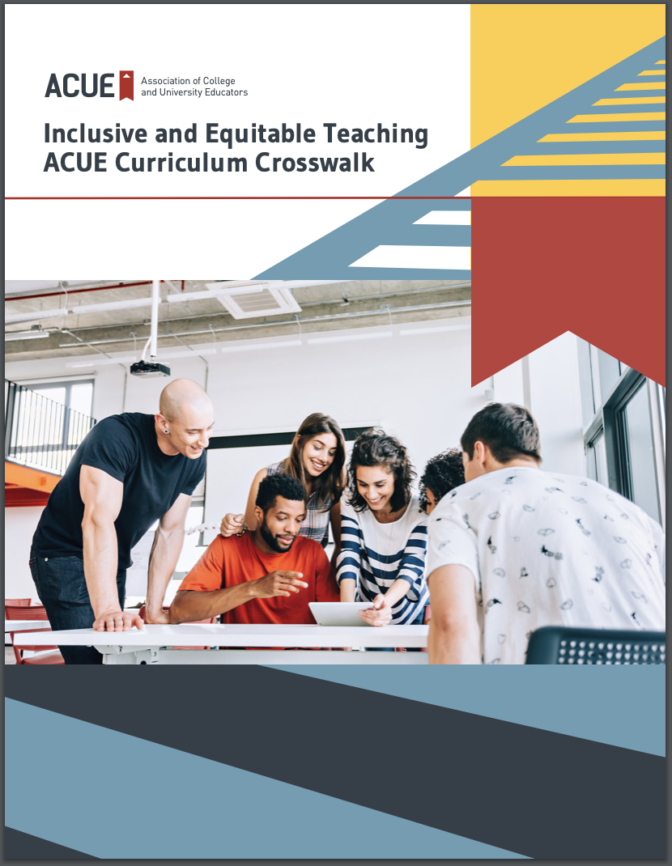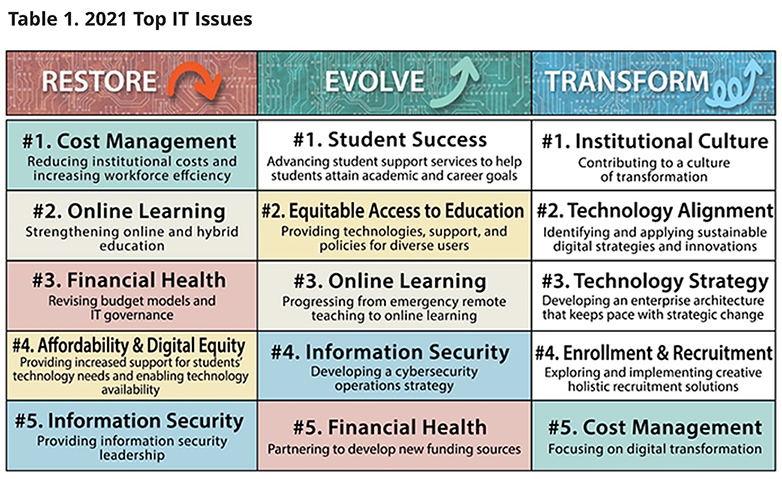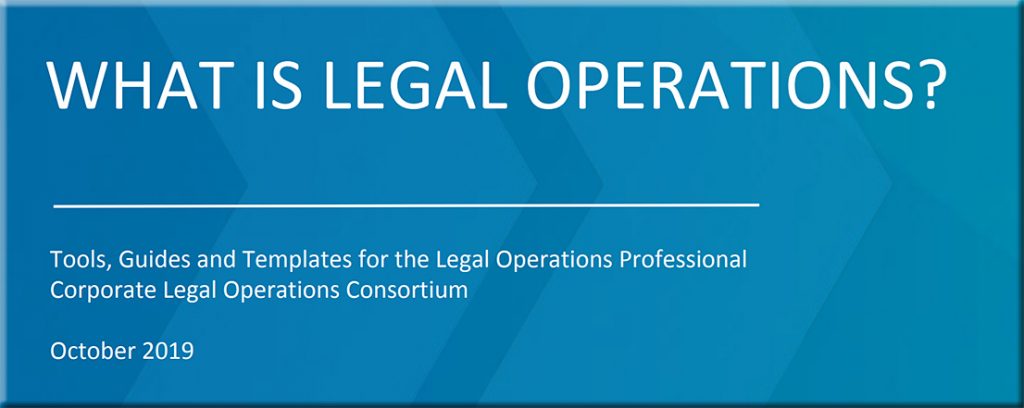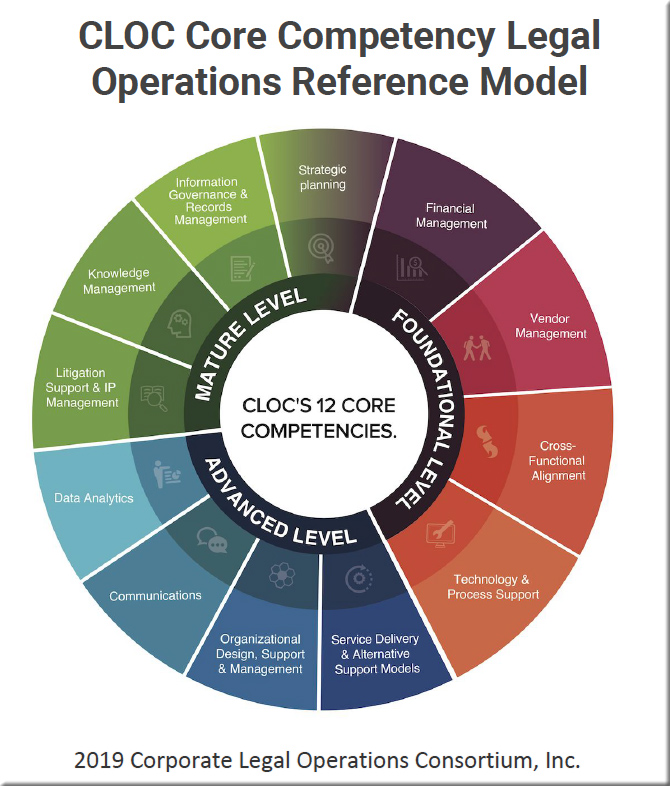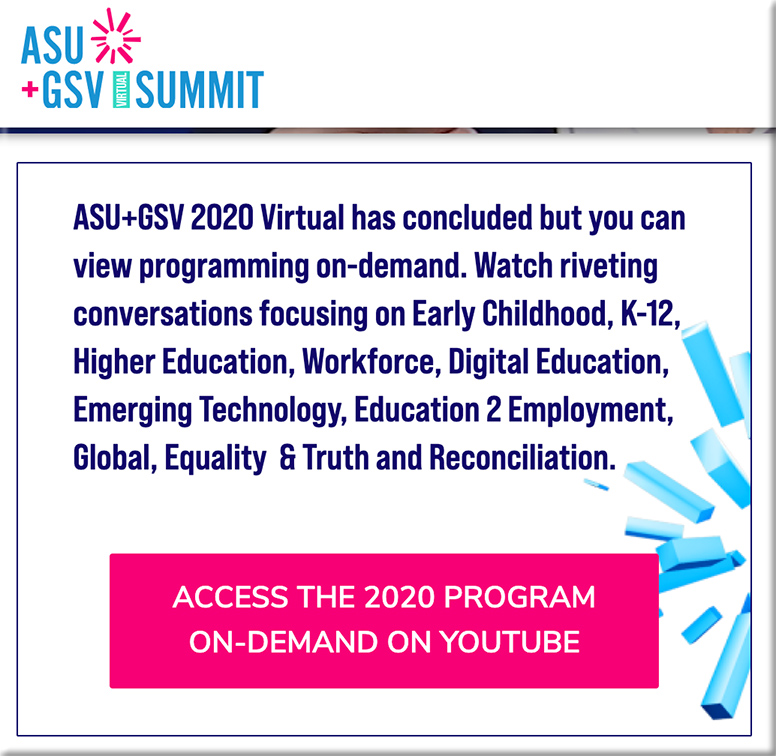Digital transformation: 5 ways to balance creativity and productivity — from enterprisersproject.com by Andrew Parker
Creativity and productivity shouldn’t be opposing forces in your digital transformation efforts. Consider these tips to tap the power of both
Excerpt:
Creativity and productivity might sound like they’re poles apart: One is about thinking in new ways; the other is about making things happen.
But in successful digital transformation programs, the two go hand in hand – a perfect marriage of creative thinking that takes the latest technology innovations into account and productive action that brings those new ideas to life.
Today, creativity is more important than ever. As a result of the pandemic, organizations have been forced to think differently and to adapt quickly in order to stay relevant and survive. It’s a case of do or die.
In the wake of the pandemic, creativity is more important than ever.
From DSC:
Another important element here is developing/establishing a culture that is willing to innovate, adapt, experiment, and change. That is SO key in this type of transformation.
It’s clear to me that our people, and their willingness to be agile, innovate, test, and learn, were one of the “secrets” behind those successes. (source)
Also see:
- Remote work: How the pandemic is reshaping the office of the future — from enterprisersproject.com by Raju Vegesna
Having shifted to remote work, more businesses are considering a future with lower-cost office models that give employees choice in how and where they work. Good news: It’s a win-win.
By decentralizing the workforce, companies can attract talent anywhere in the world.
From DSC:
This means that our students must be able to collaborate and to create their deliverables — digitally/virtually/online.









